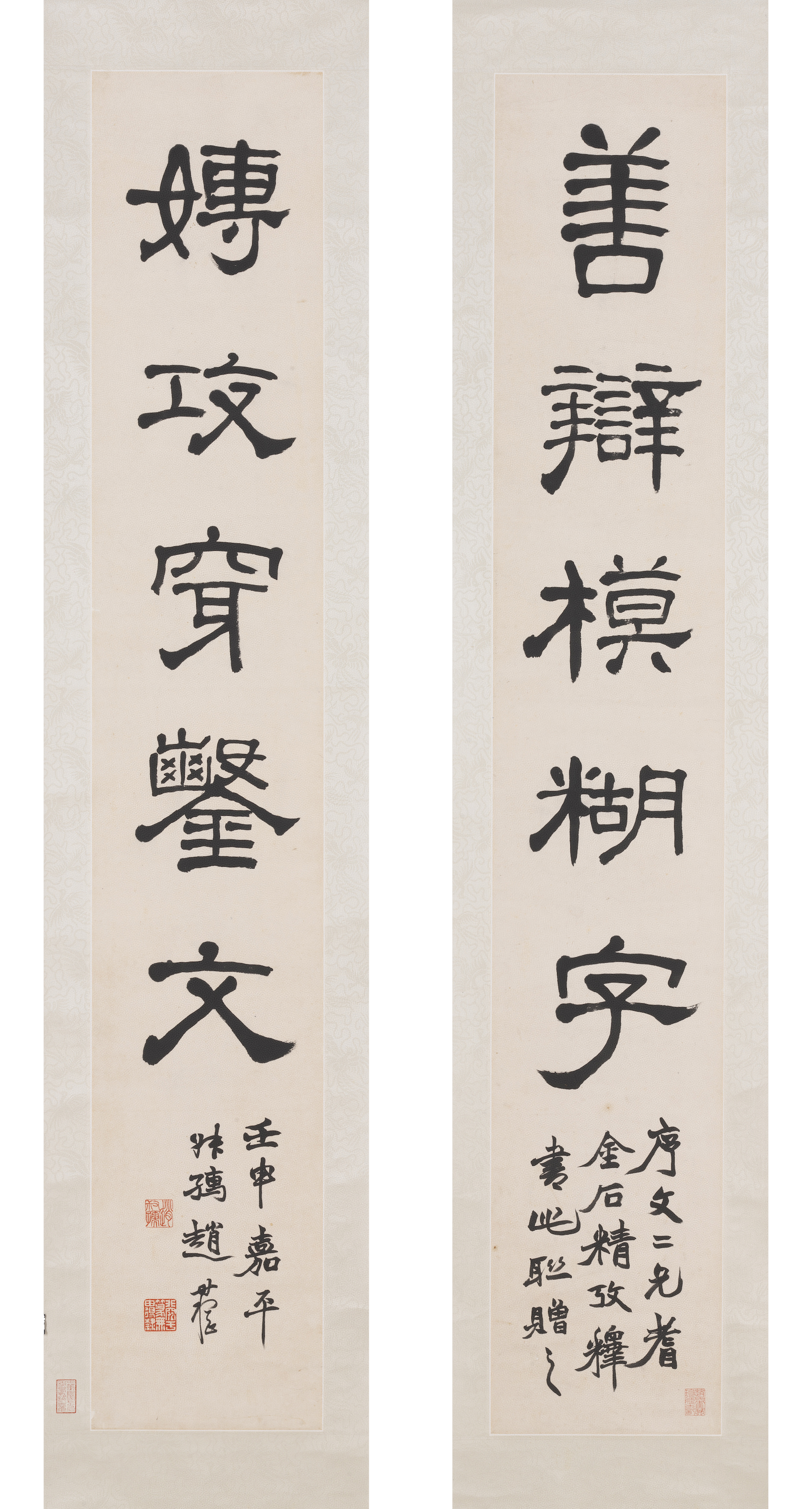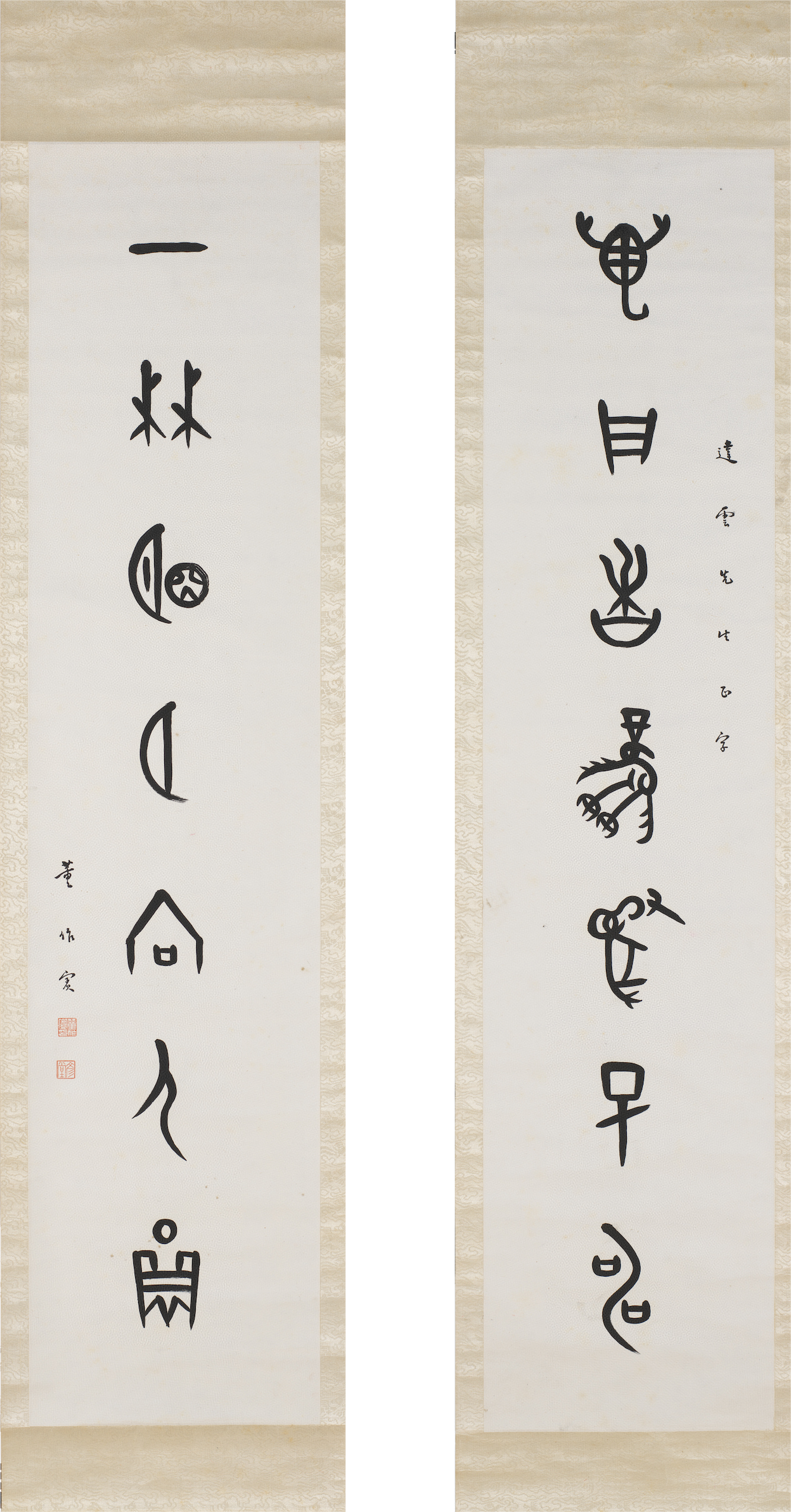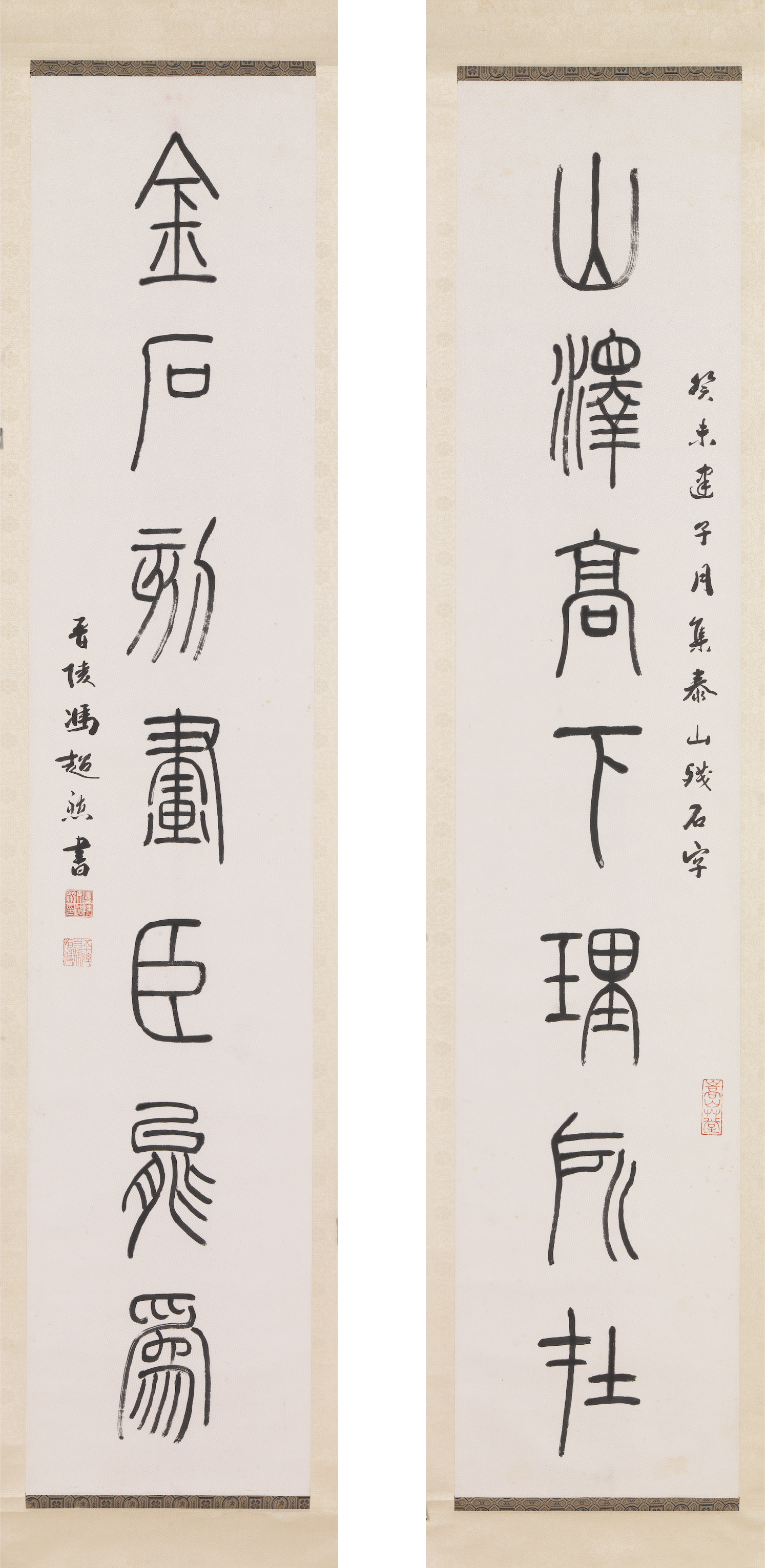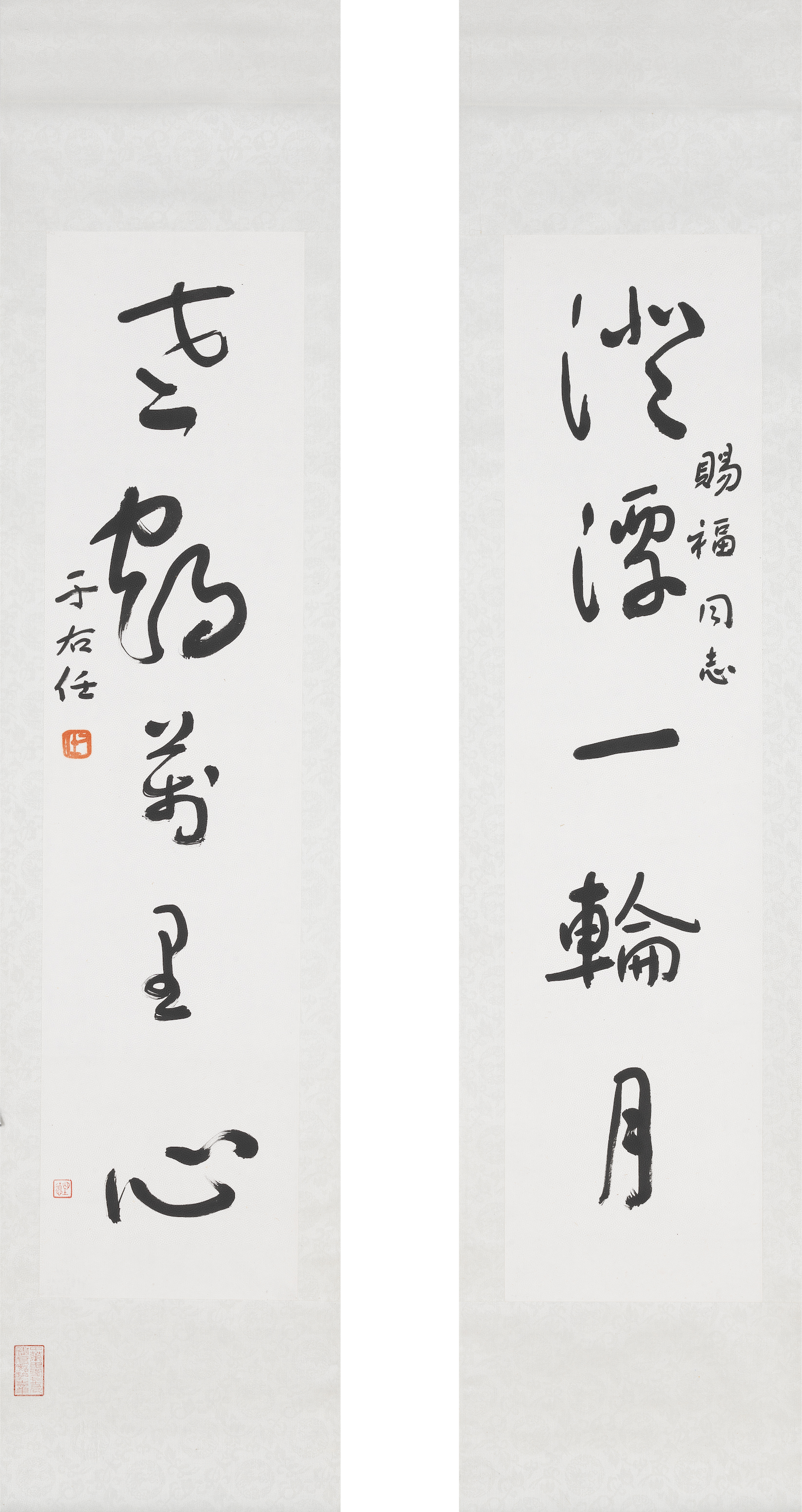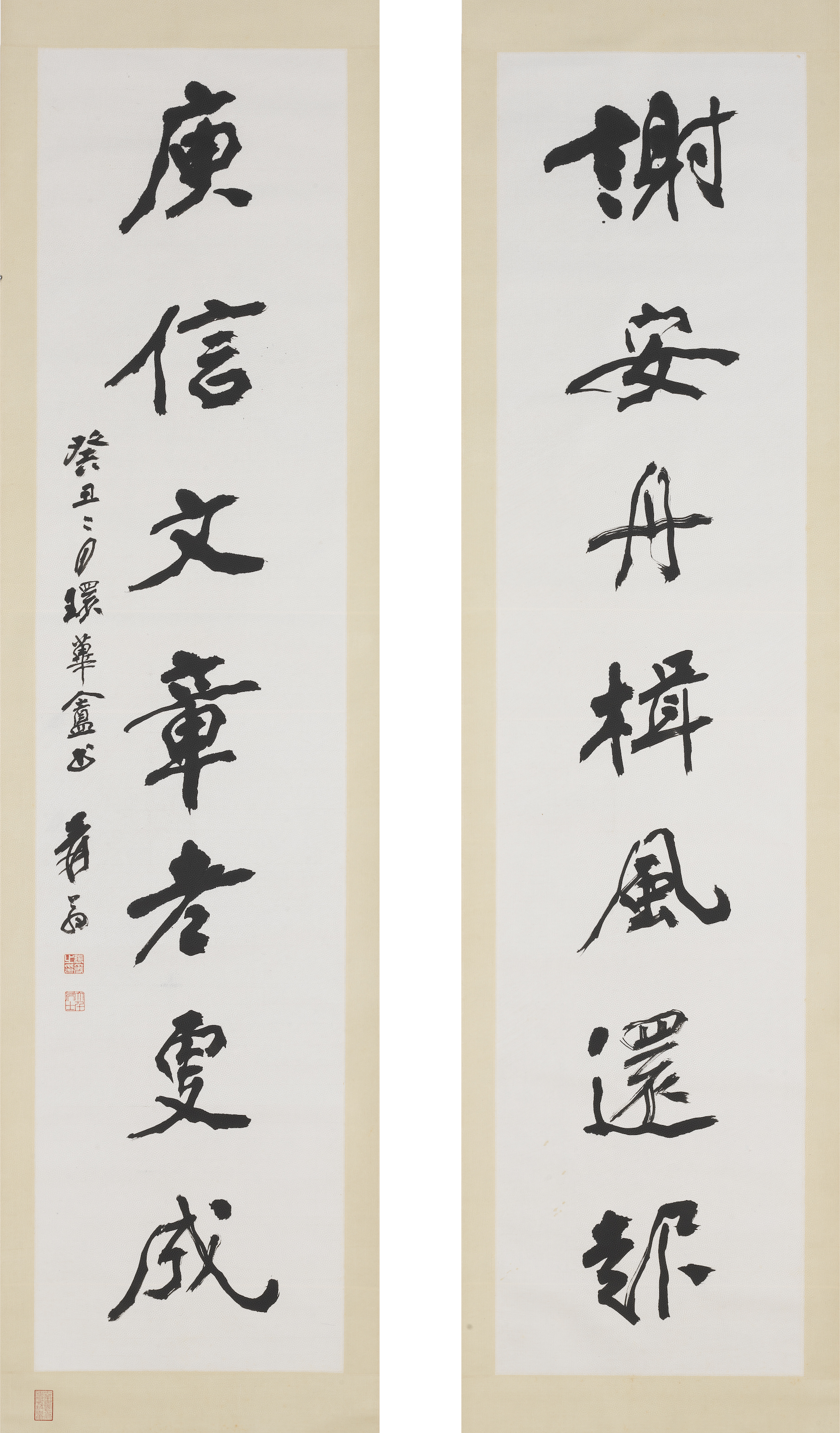The great collection of painting and calligraphy at the National Palace Museum did not appear overnight. This collection originally derived from the former holdings of the Qing dynasty Imperial Household Department, representing treasures that had been amassed by the court over the ages. After the Republic of China government moved to Taiwan in 1949, the collection has still continued to expand. Not only has great effort been made to purchase artifacts, donations of works from generous individuals, collectors, and institutional groups have been accepted, creating a solid foundation for the sustained development of the Museum collection. Over the past few decades, more than 6,000 works of painting and calligraphy have been acquired, their quality comparable to the quantity as well.
Successful collection expansion indicates that operations at the National Palace Museum have been able to keep up with the times and receive support from the people. Together, the roots of Chinese culture have taken hold in this new era. In looking back on the past, the Museum expresses its gratitude to all members of society who have selflessly and generously done the right thing by contributing donations to the collection, choosing a special gallery devoted to the theme of "A New Era for the Museum Collection." Considering the numerous donations, they are being exhibited in installments with works purchased after coming to Taiwan and those entrusted to the collection. Together, they serve as a shining example of how the government and the people can unite to preserve and present the glories of Chinese art and culture.
The couplet as a format traces back in China to the Five Dynasties period (907-960), when paired sentences were used to convey auspicious content. Later, two separate pieces of paper were used to write the contents and form a couplet. Following changes over time, scholars came to compete to see who could best match lines of poetry and prose, leading to elaborately produced couplet sentences. Conveyed with beautiful calligraphy, the couplets were hung on the walls of halls and study rooms to become a unique form of artistic expression. Because couplets were originally hung on columns as well, they were also known as "column couplets." This exhibition, following in the footsteps of previous installments of "A New Era for the Museum Collection," focuses on recent acquisitions of select couplets from the twentieth century, including a total of 50 sets. They allow audiences to appreciate fine examples of twentieth-century Chinese calligraphy through the unique and marvelous manners. These new acquisitions of calligraphy not only greatly expand the scope and period range of the National Palace Museum collection, their contents are also rich and varied, fully tracing historical developments for a new facet to the Museum collection.


